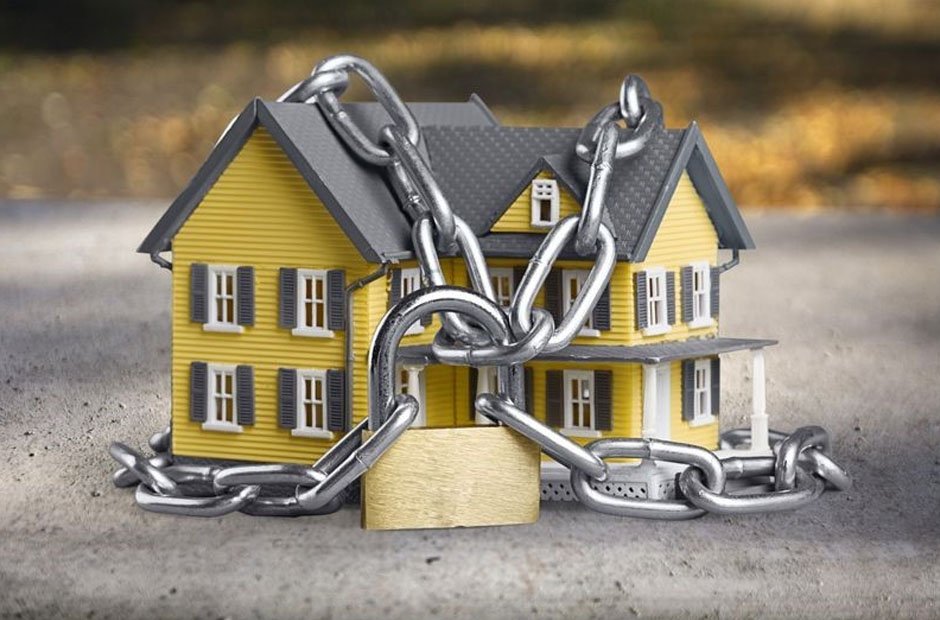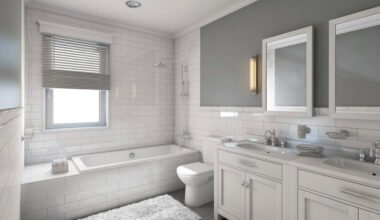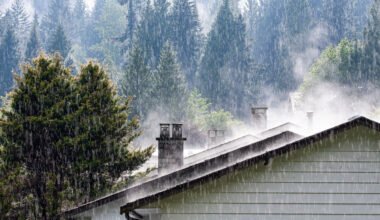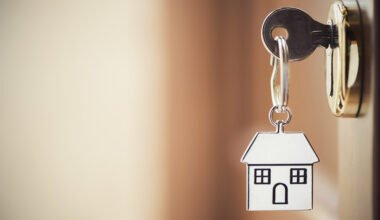Most people think about home security after something happens in their neighborhood. A break-in down the street, a suspicious vehicle, or just that feeling when you’re lying in bed at night wondering if you locked the back door. The reality is that protecting your home doesn’t require expensive systems or complicated plans. It requires understanding how criminals think and making your property less appealing than the house next door.
Understanding How Break-Ins Actually Happen
Burglars aren’t master criminals. They’re opportunists looking for easy targets. The average break-in takes less than ten minutes from entry to exit, and most happen during daylight hours when people are at work. Criminals check for signs that nobody’s home: mail piling up, no cars in the driveway, dark windows at night. They test door handles and look for unlocked windows. If something takes too long or makes too much noise, they move to the next house.
The goal isn’t to make your home a fortress. That’s not realistic for most people, and it’s not necessary. The goal is to make your home harder to access than your neighbor’s home. Criminals want speed and silence. Anything that slows them down or increases their chances of getting caught sends them somewhere else.
Having the Right Tools Available
Here’s what nobody wants to talk about but everyone should consider. Security systems and cameras are useful, but they don’t stop someone who’s already inside your home. Police response times vary wildly depending on where you live. In rural areas, you might be looking at twenty or thirty minutes before help arrives. Even in suburban neighborhoods, a lot can happen in five or ten minutes.
This is where preparation becomes personal. Some people keep a baseball bat near their bed. Others choose something more effective. If you’re serious about having a defensive tool available, options like 12 gauge shotguns are worth considering for their reliability and stopping power in close-quarters situations. Whatever you choose, it needs to be accessible but secure, especially if there are children in the house.
The tool itself is only part of the equation. You need to know how to use it, and more importantly, you need to have thought through what you would actually do in different scenarios. Panic makes people freeze or make terrible decisions. Having a plan, even a simple one, changes that.
Doors and Windows That Actually Resist Force
Your front door might look solid, but if it has a cheap lock or weak strike plate, it’s not stopping anyone. Most exterior doors fail because the frame gives way, not the door itself. Reinforcing the strike plate with three-inch screws that go into the wall stud makes a massive difference. You can add a deadbolt if you don’t have one, but the quality of installation matters more than the lock brand.
Sliding glass doors are another weak point. A simple wooden dowel in the track prevents the door from opening even if someone defeats the lock. Windows on the ground floor should have secondary locks or pins that prevent them from opening more than a few inches. These modifications cost almost nothing and take minutes to install.
Back doors and side doors get forgotten because they’re not the main entrance, but they’re often the first place criminals try. These doors should have the same reinforcement as your front door, and they should be well-lit at night.
The Role of Deterrents
Visible deterrents work because they create uncertainty. A dog doesn’t need to be a trained guard animal to make a burglar nervous. Even a small dog that barks creates noise and draws attention. Security signs in your yard signal that there might be cameras or alarms, whether you have them or not.
Motion-activated lights eliminate hiding spots and surprise anyone approaching your doors or windows after dark. The key is placement. Lights near entry points make sense. Lights that cover your driveway and walkways show that someone’s paying attention to their property.
Cameras are getting cheaper and easier to install, but they’re not magic. Criminals know that most cameras just record footage that gets reviewed after the break-in. What cameras do well is create doubt. If someone sees a camera pointed at your door, they don’t know if you’re watching in real time or if that camera is even recording. That uncertainty is often enough to make them keep walking.
Creating Safe Zones Inside Your Home
Most security advice focuses on keeping people out, but what happens if someone gets in anyway? A broken window, a door left unlocked by mistake, or just bad luck. The bedroom is where most families are most vulnerable because that’s where they are at night, potentially asleep and definitely not ready for a confrontation.
A solid bedroom door with a good lock creates a barrier and buys time. That time lets you call 911, wake up fully, and prepare to defend yourself if necessary. Some people go further and reinforce their bedroom door the same way they would an exterior door. It sounds excessive until you think about what it’s protecting.
The safe zone concept is simple. If someone breaks in, you retreat to a secure room, lock the door, call for help, and wait. You don’t go investigate noises. You don’t try to confront an intruder in your hallway. You create distance and a barrier, and you prepare for the possibility that the barrier doesn’t hold.
What Actually Matters
Home security comes down to layers. No single solution works perfectly, but combining multiple approaches makes your home significantly harder to target. Strong doors and locks slow down entry. Lighting and visible deterrents discourage attempts. Defensive tools handle worst-case scenarios. Each layer increases the chance that a criminal gives up or gets caught.
The reality is that most people won’t experience a break-in. But for those who do, the difference between being prepared and being a victim often comes down to decisions made long before that moment. Reinforcing a door frame takes an hour. Installing motion lights takes less. Thinking through what you would do if someone broke in at three in the morning takes even less time, but most people never do it.
Protection isn’t about fear. It’s about accepting that bad things can happen and deciding you won’t be an easy target. The houses that get broken into are usually the ones that looked easy. Make yours look hard, and criminals will find someone else.



